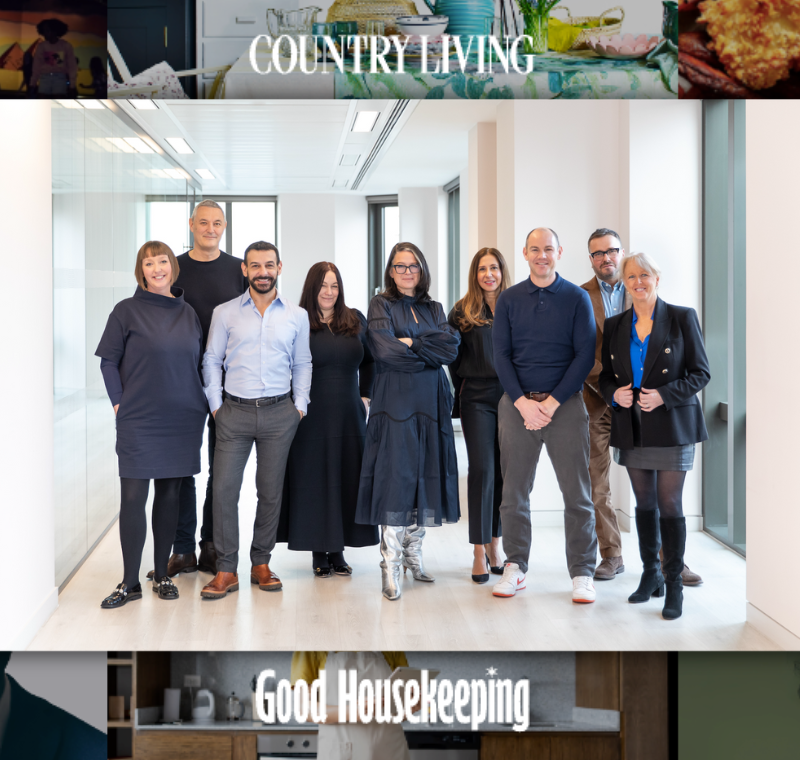Secrets of the top editors
Magazine editors are perpetually battling attrition—issue after issue looking for new ideas for new stories and new ways to tell them. But just as importantly, they also have to keep their brands so interesting that they remain at the top of both the physical and digital piles even as their readers are bombarded by content from a growing list of competitive distractions. Here, we check in with four industry-leading, award-winning editors to get their advice on how they keep their content front-of-mind with readers.

One of the most important things is to try and kill as many sacred cows as possible. Never keep doing something just because that’s the way it’s always been done. This means everything from format, to art, to the focus for a particular issue. For the first ten years Plate was published, we always did a big beauty shot of food on the cover. We started to question that strategy. If our focus is chefs and food, then it doesn’t always have to be food on the cover. If we have an inspiration-themed issue, that’s not going to be communicated as well with a plate of food. Instead we put a chef on the cover. Also, trade media editors do themselves a big disservice by ignoring what’s going on in consumer media. My readers are also reading Bon Appétit and Saveur, for example. I make sure to look at those magazines as well. It’s important to see where the readers are getting their information from, which is a lot more than just B2B.

1. When it comes to conceiving stories, or evaluating pitches, if you can’t think of a headline that would make you want to read the piece, you have a problem. It doesn’t have to be the headline you end up with—and it doesn’t have to be the same headline you end up using for the web edition of the piece—but it has to suggest (strongly!) the idea behind the story. This goes quadruply for cover stories. ‘What is the language you’re going to use for the cover?’ our brilliant photo editor Jody Quon likes to ask before making her own assignments. Simple question. Tricky question!
2. Strive to create new franchises when possible that feel like they’re expanding how people think of your brand: by which I mean what sort of environment do people see in their heads when they hear (in our case) “New York Magazine.” A good example of this would be our In Conversation series—long interviews that we have conducted with everyone from Quentin Tarantino to Justice Scalia to Anna Wintour to Mike Bloomberg. This was hardly a new idea; it’s one we owe to, and borrowed from, the Paris Review and Playboy, to name just two. But we thought such a feature could have new relevance in a media landscape where people tend to bemoan short attention spans even as readers often flock to and reward lengthy stories (online especially) and in-depth exposure to the way an interesting person thinks. Part of our strategy here, too, was to set a certain editorial standard for ourselves (these interviews must take place at two different times, in person, for a couple of hours a shot, and we also insist on the opportunity for follow-ups by phone) and to stick to it. Sometimes that seems like a lot to ask of very busy people, but the reward is there for the interview subjects too.
3. Always think about readers’ sensitivities, and taste, but never second-guess their curiosity and willingness to go places. Not everything you run in a magazine is for every reader of that magazine.
4. If a cover doesn’t feel like a poster to 88.9 per cent of the people you corral in your office for a focus group—something most of them would want to see on city walls, maybe even in their living room—try one more time, if you’ve got the time. Also, generally though not always, the more words you need to sell a story on a cover, the less clear that story is likely to be. That said, under design director Tom Alberty, we’ve run several all-type covers that are just the kind of poster I’d like to put up on a wall.
5. Another obvious point: a magazine cover can still be an event in this world and should capitalise on that privilege. And social media allows print to get exposure in all sorts of new and exciting ways. It magnifies the event. This past year, we’ve seen that with Vanity Fair’s Caitlyn Jenner cover. We strove to do that with our cover story on Bill Cosby’s accusers, a brainchild of Jody Quon’s and a logistically tricky project that she worked ceaselessly to make happen. Or with Frank Rich’s recent essay on Donald Trump. Make sure that at any given time, each editor is working on at least one project (which could be an amazing straight-on feature, but more often than not is a package of stories and graphics) that could be published with justifiable fanfare. It’s exciting and more motivating for all of us.
Read the full article here
More like this
When readers are writers, editors and publishers









